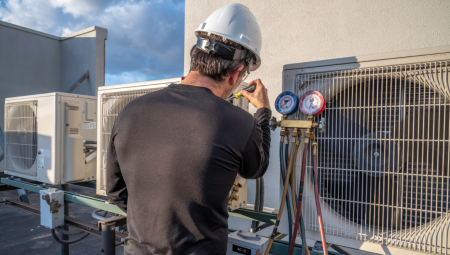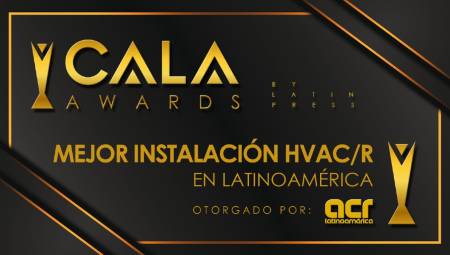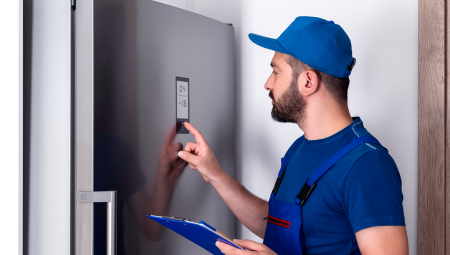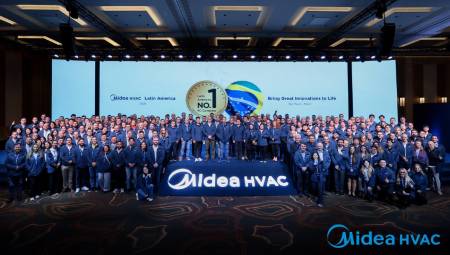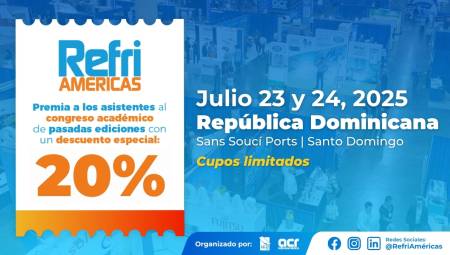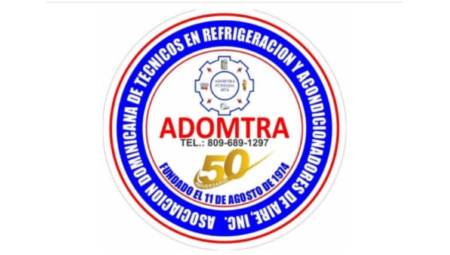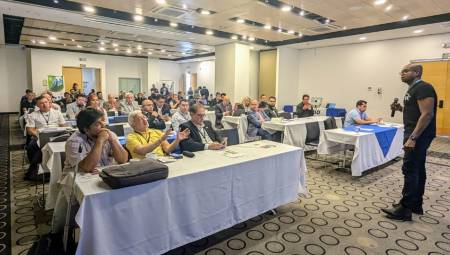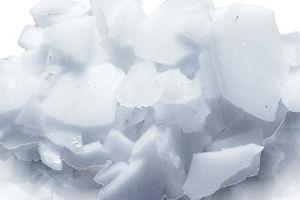 Due to its versatility and its application to a wide variety of markets, its effectiveness in heat transfer and its low levels of contamination, flake ice is an excellent option.
Due to its versatility and its application to a wide variety of markets, its effectiveness in heat transfer and its low levels of contamination, flake ice is an excellent option.
by María Cecilia Hernández
A not so new but rising popular modality is positioning itself in the refrigeration and freezing industry. This is the use of flake ice for agri-food processes.
This system has been much more exploited by the fishing industry around the world, but now the versions that pointed out that it would not be useful or of quality for other sectors of the market have been demystified.
Markets such as meat, bakery and cooling and preservation of fruits and vegetables have appropriated this method with good results, both in the production and in the storage and treatment of the product.
According to the expert in the field, Francoise Bernard, of GEA Refrigeration Technologies, different types of ice presentation, each one is effective for different uses and products, but not all serve the same purpose: ice in blocks, in tube or plates, granulate and liquid, are some.
Flake ice, on the other hand, has a wide variety of uses and is recognized for its practicality and versatility.
This is a dry, subcooled ice in very small fragments. For its manufacture, water is poured into a refrigerated surface with a cylindrical shape. In this way, thin layers of ice are formed approximately two to three millimeters thick, which when removed with a blade forms shards of glass, explains Alexander Cossio, maintenance technician of refrigeration equipment and independent advisor in Colombia.
Fragmenting the ice
The expert indicates that there are also other ways to scale the ice depending on the machines used for it. One of the most used is the one that leaves as a product a variant of flake ice called fragmented ice.
"Water is poured into a cylinder that is surrounded by an evaporation coil. The water freezes inside the cylinder at an average of -20ºC and for its extraction a rotating mill is used as a screw, which fragments the ice and takes it to the outside of the container, "says Cossio.
Fragmented ice has an average temperature of -0.5ºC and a thickness of between seven and eight millimeters.
In the fishing industry, this flake ice system has traditionally been used for its effectiveness and versatility, as it can be used from the boat to its final disposal at the counters where the product is exhibited to the final consumer.
"The ice machines that are installed on deck have the ability to discharge the flake ice directly into the fish cellar. It is best to protect the control panels of the machine and some of its most sensitive parts from environmental and climatic conditions by means of a kind of cabinet, "advises Francois Bernard.
Advantages: versatility and performance
The expert, who was also a guest and gave an academic talk on this topic at RefriAméricas 2011, explained the advantages offered for producers by the use of flake ice.
Flake ice enables greater heat exchange compared to other ice systems. In the case of fish, which dies from thermal shock, this represents a benefit since the temperature transfer between the fish and the ice is done more quickly.
Because it is less bulky, this presentation of the ice is allowed to be stored and handled more easily, it is enough to do it in the required conditions, this is in a thermo-insulated container, subcooled at 5ºC and properly designed.
One more advantage mentioned by Alexander Cossio is that thanks to the fact that flake ice is subcooled, it has the ability to extract more heat from the products than other ices whose temperature is 0ºC.
An operational benefit that experts comment on is perhaps one of the most striking for producers and is the ease of use of flake ice because it can be used immediately after its manufacture. Other ices need to be crushed in order to be used.
Its practicality is evident even at the very moment of its manufacture since the machines used to make it are usually much smaller than those that produce ice in blocks, so it is not necessary to have a very large space to produce considerable amounts of ice in flakes.
In that sense, the machine itself offers savings in production times, this is a fundamental and competitive element for manufacturers "because in the long run this also represents economic savings by producing more quantity in less time since these machines manufacture ice just by lighting it," says Cossio.
Fish, bread and vegetables
According to Bernard with this system it is possible to preserve fish and any product in general in optimal conditions. "In the chicken slaughterhouse, for example, flake ice is in the ability to lower the temperature of the product from 40ºC to 5ºC by applying 0.400 kilograms of ice for each kilogram of chicken," explains the expert.
Likewise, the representative of GEA Refrigeration Technologies adds that in the bakery industry, for example, flake ice can replace water to control the temperature of the dough in the mixer. In his example Bernard argues that depending on the type of dough, 60 to 66 liters of water per 100 kilograms of flour should be used.
On the other hand, flake ice offers great benefits for the preservation of fruits and vegetables. The system, experts explain, runs in two steps: the ice thaws and transforms into water that keeps food. Each kilogram of ice absorbs 80 kilocalories of heat from the product and causes it to cool.
With this first step there is no risk of freezing the product since the melting temperature is 0ºC, that is, a positive temperature.
Subsequently, the water produced by the thaw evaporates, that is, it passes from the liquid to the gaseous state, which causes the air to be saturated with moisture and consequently the dehydration of the product is avoided, maintaining its conditions of freshness and appearance.
Flake ice must be transported and stored avoiding as much as possible any contact with contaminants, including human contact. In this way it is manufactured, because the machines used for it allow it: water enters, ice comes out. There are also systems and machinery designed to avoid as much as possible the contact of ice with any polluting agent.
As Alexander Cossio points out, there are also some disadvantages of fragmented or flake ice, which although minimal must be taken into consideration when choosing an ice cooling system.
The machines used for their production are complex instruments that require qualified personnel for their maintenance. One more disadvantage has to do with its duration, which depending on the purpose pursued can also represent a benefit, but in most cases it is more seen as an element against: the speed with which it thaws.
Flake ice requires a larger space for storage and more negative point is a logistical matter and is that the ice that is produced must be heavy, instead of being sold by units as it is possible to do with the ice in blocks.
To conclude, Francois Bernard assures that this system allows great savings in labor from the production of ice to the preparation of the counters for the end user. "When the indications are rigorously followed, flake ice can offer great benefits ranging from ease of production to food care and sanitation."





